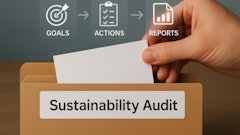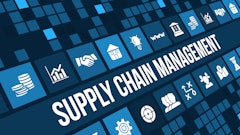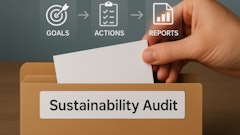
Traditional retrofits are too slow and costly to deliver the scale of cuts required to reach net-zero goals of 2050. Instead, artificial intelligence (AI) is a faster route, but only when used in conjunction with a strategic energy management (SEM) framework, according to KPMG’s “How AI is helping to improve energy efficiency and management in real estate” report.
KPMG states that SEM should track how buildings use energy and assign clear responsibility for fixing problems. This usually means facility managers or energy officers are tasked with day-to-day oversight. However, certain tasks such as changing parameters in sensors should be automatically assigned to AI and machine learning models to adjust in real-time, with experts overseeing the process.
Key takeaways:
· On its own, implementing a SEM mindset typically delivers 5-7% savings per year. But when used with AI, they rise to around 20-30% state energy efficiency experts.
· The first tier focuses on getting more out of what is already in place: engineers have to tune HVAC, lighting, and control systems so they run more efficiently day to day.
· The second step is replacing worn or outdated equipment, for instance, boilers, chillers, or pumps, with models that use less energy.
· The third adds renewables or long-term power contracts, but only once the building’s basic energy consumption has been brought under control.
· The study also indicates that efficiency depends less on new hardware and more on how existing systems are managed.



















